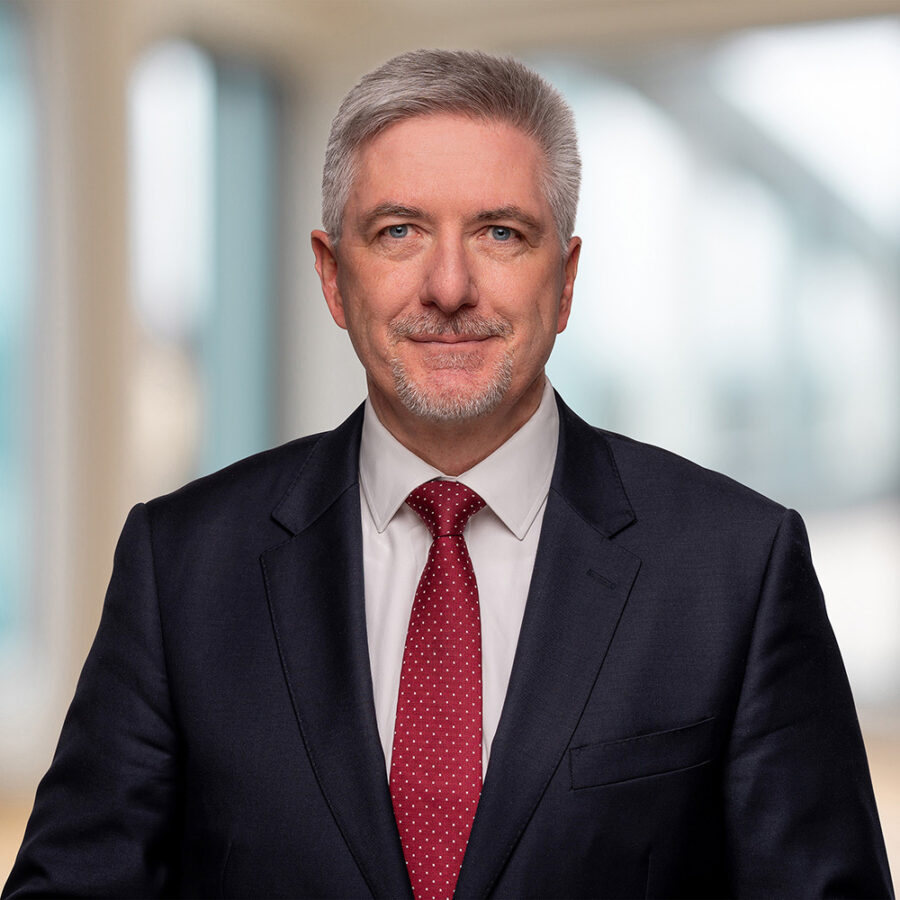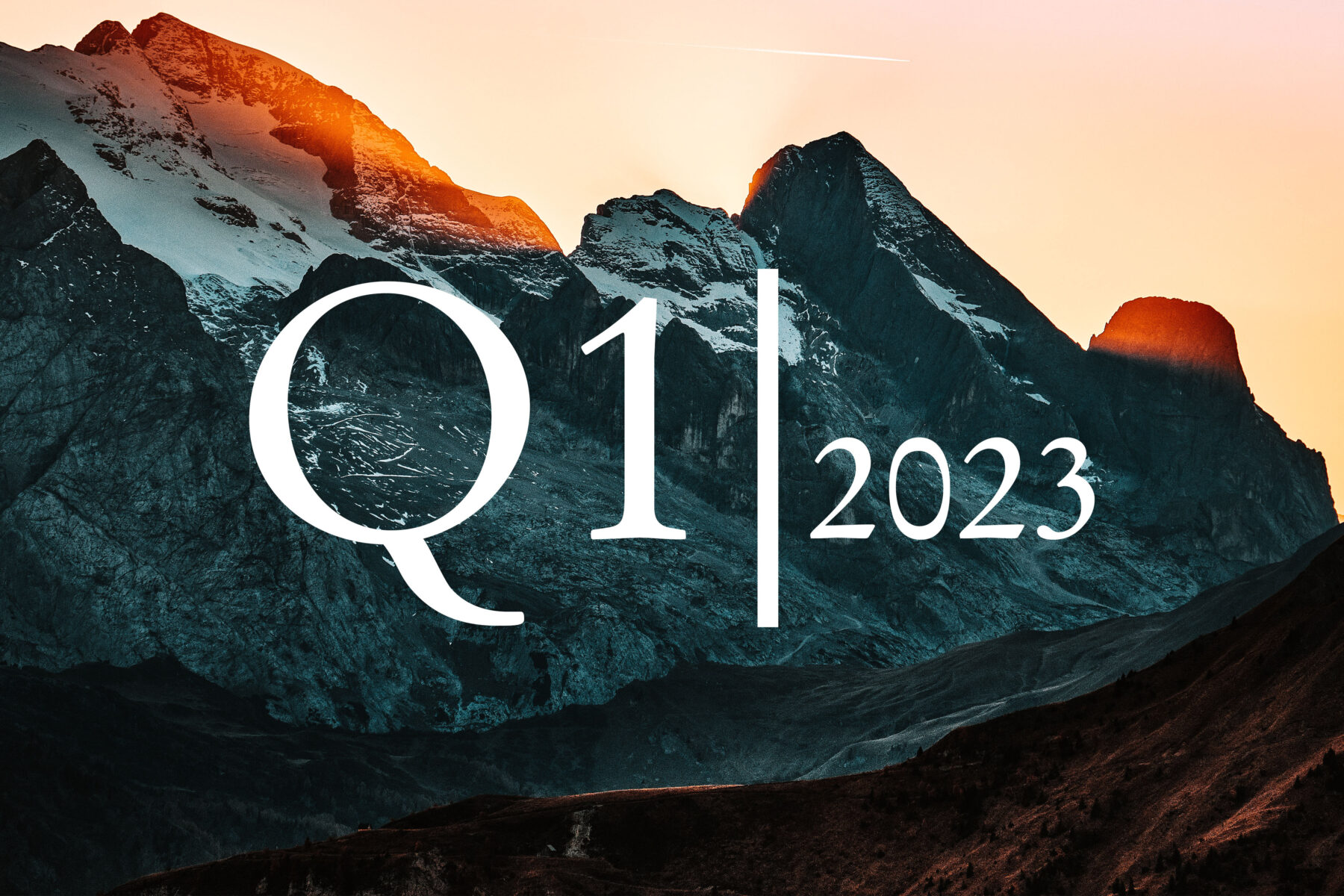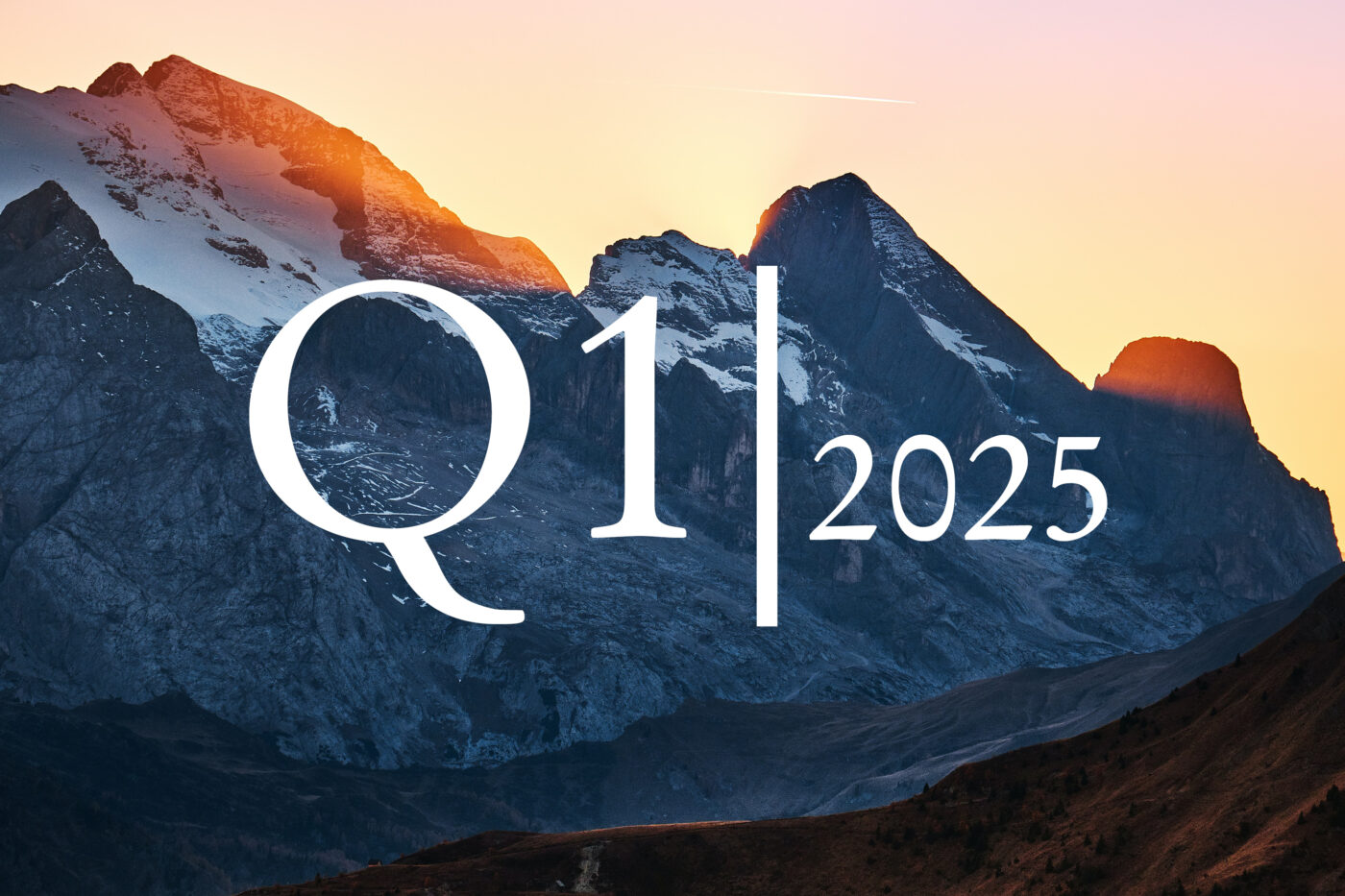
Dear reader,
The fourth quarter brought a more conciliatory end to one of the worst years in history for multi-asset investors, with the most aggressive monetary tightening in more than 40 years hitting equity, bond and real estate valuations alike. Commodities offered the only bright spot, not least because of Putin's war and the simmering energy crisis. The recovery went as hoped: US inflation in October surprised lower for the first time, whereupon market expectations of further interest rate hikes fell and the Fed signaled that interest rate steps would probably be smaller from now on. Equities and bonds recovered in parallel - the bottoming we had expected probably took place.
The starting point for 2023 is much better than in 2022, with cheaper valuations, higher interest rates, ongoing widespread pessimism, low risk positions of many investors and high cash balances. To be sure, the global economy will continue to weaken before things start to pick up again. But the threat of recession and a collapse in profits has been talked about for a long time – so surprises should be limited. If inflation falls, interest rate hikes expire, financing conditions stabilise and an economic collapse (hard landing) fails to materialise, as we expect, the lows should be behind us and markets should continue to calm down. Risks to this scenario include systemic credit events ("credit shock"), a severe recession, new geopolitical conflicts or more stubborn inflation that causes central banks to bring the economy to its knees.
Unlike in recent years, we see opportunities in all asset classes. Bonds offer respectable yields again, risk premia have widened, equities are no longer overvalued, especially in Europe and emerging markets, and the super-cycle in industrial metals seems intact. Investors' focus should therefore shift from equities, including tactical quota management, to a broad positioning to exploit the return and diversification opportunities of all asset classes, especially since we do not expect government bonds and equities to quickly find their way back to the negative correlation of the last two decades on a sustained basis. It is not only in this respect that we are witnessing a realignment that challenges many patterns and strategies of the last one to two decades.
COVID-19 restrictions in China, the expectation that a mild recession for the US economy will not come until spring, more stubborn inflation in Europe and too-high earnings expectations all suggest that the way up will not be without renewed setbacks – especially in the first half of the year. We have a balanced position following the recent rally, neutral on equities with a focus on Europe and emerging markets, overweight gold, industrial metals, corporate and emerging market bonds and underweight cash and government bonds.
In the Insights interview, Ulrich Urbahn, Head of Multi Asset Strategy & Research, discusses how his team comes up with investment ideas, how his work is changing and what the future might bring.
Publisher

Prof. Dr. Bernd Meyer
Prof. Dr. Bernd Meyer has been Chief Investment Strategist at Berenberg Wealth and Asset Management since October 2017, where he is responsible for discretionary multi-asset strategies and wealth management mandates. Prof. Dr. Meyer was initially Head of European Equity Strategy at Deutsche Bank in Frankfurt and London and, from 2010, Head of Global Cross Asset Strategy Research at Commerzbank. In this role Prof. Dr. Meyer has received several awards. In the renowned Extel Survey from 2013 to 2017, he and his team ranked among the top three multi-asset research teams worldwide. Prof. Dr. Meyer is DVFA Investment Analyst, Chartered Financial Analyst (CFA) and guest lecturer for "Empirical Research in Finance" at the University of Trier. He has published numerous articles and two books and received three scientific awards.



